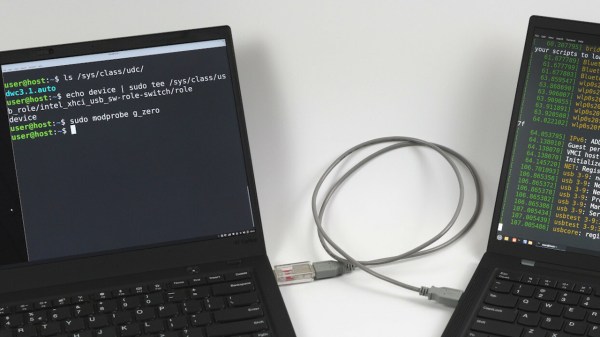We’ve seen quite a few DIY 2G networks over the years, but the 4G field has been relatively barren. Turns out, there’s an open source suite called srsRAN that lets you use an SDR for setting up an LTE network, and recently, we’ve found a blog post from [MaFrance351] (Google Translate) that teaches you everything you could need to know if you ever wanted to launch a LTE network for your personal research purposes.
For a start, you want a reasonably powerful computer, a transmit-capable full-duplex software defined radio (SDR), suitable antennas, some programmable SIM cards, and a few other bits and pieces like SIM card programmers and LTE-capable smartphones for testing purposes. Get your hardware ready and strap in, as [MaFrance351] guides you through setting up your own base station, with extreme amounts of detail outlining anything you could get caught up on.


















